Environmental Product Declarations (EPDs) are third-party-verified documents that provide transparent, science-based information on the environmental impact of a product or material throughout its lifecycle. To ensure credibility and accuracy, EPD certification undergoes a rigorous verification process involving several key steps, stakeholders, and standards.
Verification Standards and Frameworks
EPD verification is typically conducted in accordance with recognized international standards, such as ISO 14025 and EN 15804. These standards provide the framework for creating, assessing, and verifying EPDs. They outline rules for the data collection, impact assessment methods, and the environmental indicators that must be reported. The goal is to ensure consistency, comparability, and reliability of the environmental information presented.
Life Cycle Assessment (LCA)
At the core of EPD verification is the Life Cycle Assessment (LCA), a systematic analysis of a product’s environmental impacts across its entire lifecycle—from raw material extraction and manufacturing to transportation, use, and end-of-life disposal or recycling. The LCA must follow established methodologies and conform to the applicable Product Category Rules (PCRs). PCRs define the specific calculation methods, data requirements, and reporting formats for a particular product group, ensuring that EPDs within the same category are consistent and comparable.
Third-Party Verification Bodies
Once the LCA and EPD are complete, a third-party verifier—an independent, qualified organization or individual—reviews the entire process. This verification body ensures that the data collection, modeling, and reporting align with the relevant standards and PCRs. They verify the accuracy of input data, check that impact calculations are performed correctly, and confirm that the results are presented transparently and comprehensively.The verifier may be accredited by a recognized certification body or program, further enhancing credibility. This independent oversight is crucial to maintaining the integrity of the EPD and the trust of its users, whether they are architects, contractors, sustainability consultants, or regulatory authorities.
Transparency and Public Disclosure
Another critical aspect of EPD verification is public transparency. Verified EPDs are typically published in online databases managed by certification programs, industry groups, or national standardization bodies. These databases allow stakeholders to access, compare, and evaluate the environmental performance of products. Publicly available EPDs enable informed decision-making in procurement, design, and construction processes.
Ongoing Updates and Re-certification
Verification does not end once the initial EPD is published. Over time, products, production processes, and supply chains may change, potentially affecting the product’s environmental profile. EPDs often have a defined validity period—commonly five years—after which they must be updated and re-verified. This ensures that the environmental data remains current and reflects any improvements or changes in manufacturing practices.
Conclusion
EPD certification is verified through a meticulous process that includes adherence to established standards, comprehensive life cycle assessments, independent third-party reviews, and transparent public disclosure. By following these rigorous steps, EPDs provide reliable, comparable environmental data, enabling stakeholders to make more sustainable choices in product selection and project development.

